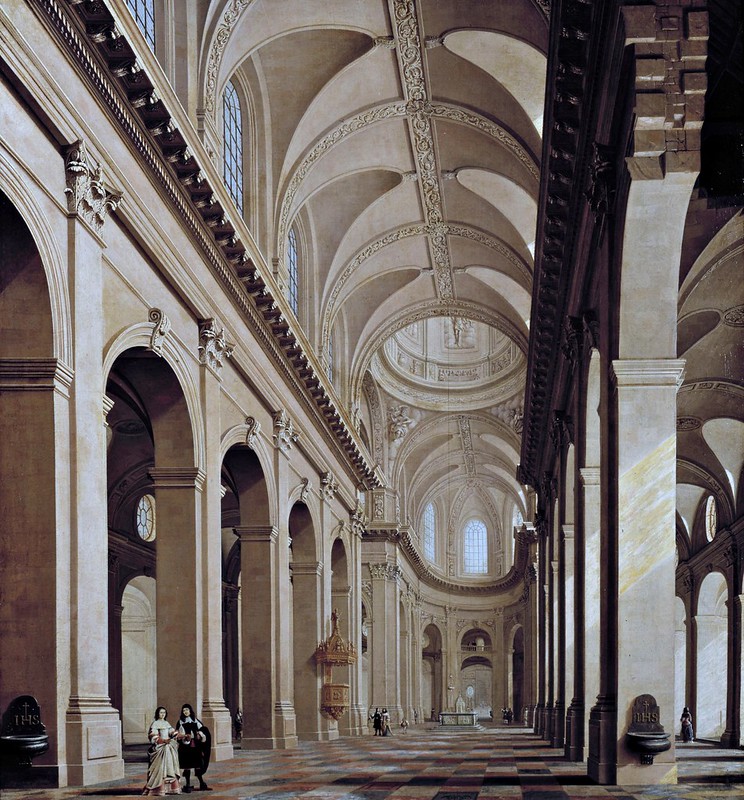Johann Christoph Vogel (1756-1788)
- Simphonie Concertante (fagott und oboe) C-Dur (c.1785)
Performers: Alfred Hertel (oboe); Cornelia Slepicka (fagott); Maurie Ravel Kammerorchester;
Jean Philippe Rouchon (leitung)
Further info: Sinfonia Concertante
---
German composer, active in France. The son of the violin maker Michael
Vogel, and grandfather of Charles-Louis-Adolphe Vogel, he studied with
Georg Wilhelm Gruber in Nuremberg and with Joseph Riepel in Regensburg.
There is no evidence that he was employed as a musician in the
Regensburg Hofkapelle, as some biographers have erroneously stated,
confusing him with the oboist Johann Bartholomäus Vogel (?-1782). He
moved to Paris in 1776, and entered the service of the Duke of
Montmorency and then of the Count of Valentinois as a horn player. He
composed a great number of orchestral and chamber works during this
period. His oratorio Jephté, performed at the Concert Spirituel in
September 1781, received favourable reviews although its harmony was
regarded as ‘too complicated and baroque’. Philippe Desriaux, for many
years the secretary of Baron von Tschudi, wrote the librettos for both
of Vogel’s operas. The first of them, La toison d’or, was written as
early as 1781 but was not performed at the Opéra until 5 September 1786.
Vogel was an enthusiast for the operas of Gluck, and the work is
dedicated to him as ‘législateur de la musique’. Here and there it
appears to be a faithful stylistic imitation of Gluck’s two Iphigenia
operas, but it displays great mastery in the handling of the orchestra
and its arias are particularly lyrical. With 12 performances in all the
opera had only limited success since it already seemed old-fashioned and
contained no ballet. Around 1786 Vogel began composing his second
opera, Démophon. Its posthumous première (at the Opéra on 22 September
1789) was given only after the première of Cherubini’s opera on the same
subject. Among the musical qualities of this dramatically powerful work
are the variety of recitative forms, the treatment of the woodwind as
solo instruments and the harmonic colour of the choruses. The overture,
composed in monothematic sonata form, remained popular into the early
19th century, and was incorporated into Gardel’s ballet-pantomime Psyché
(1790), which had more than 1000 performances at the Opéra between its
première and 1829.
















